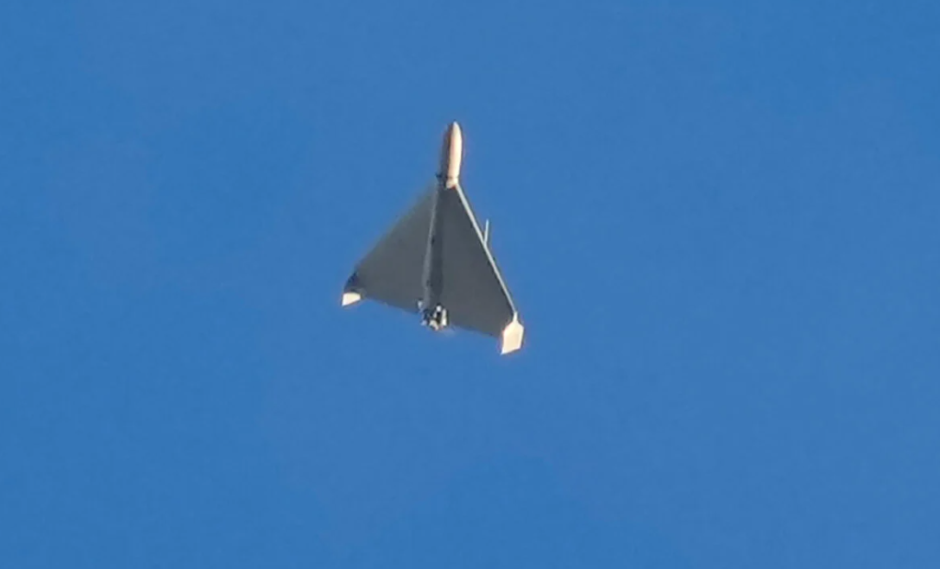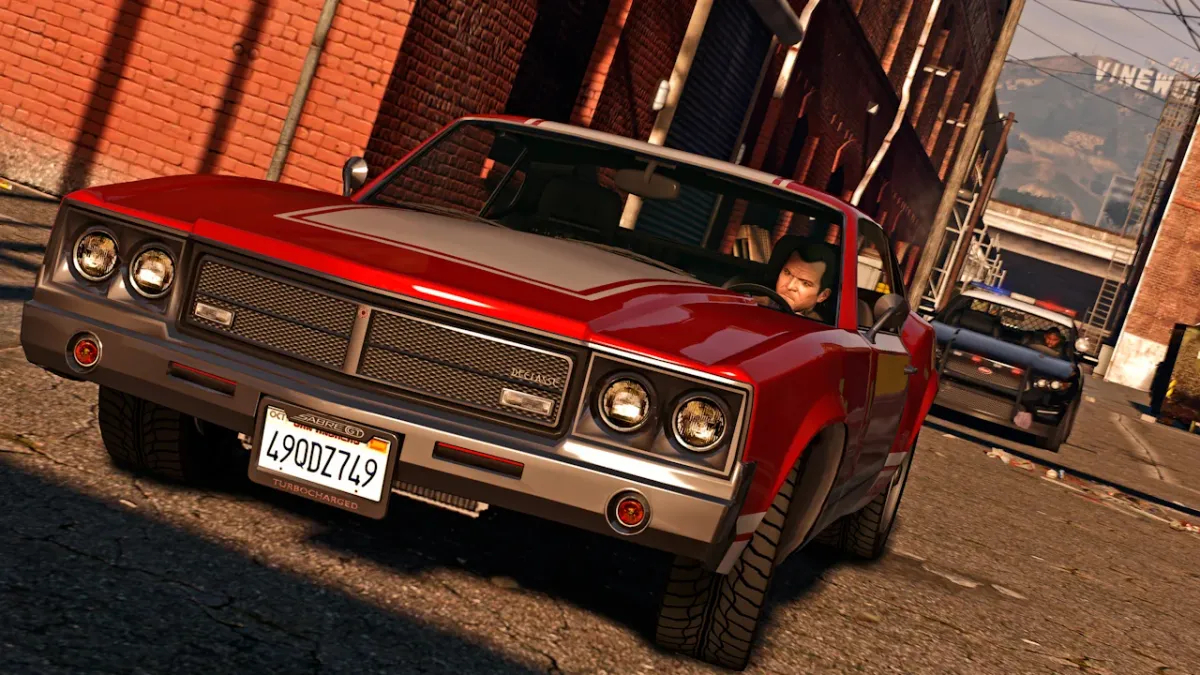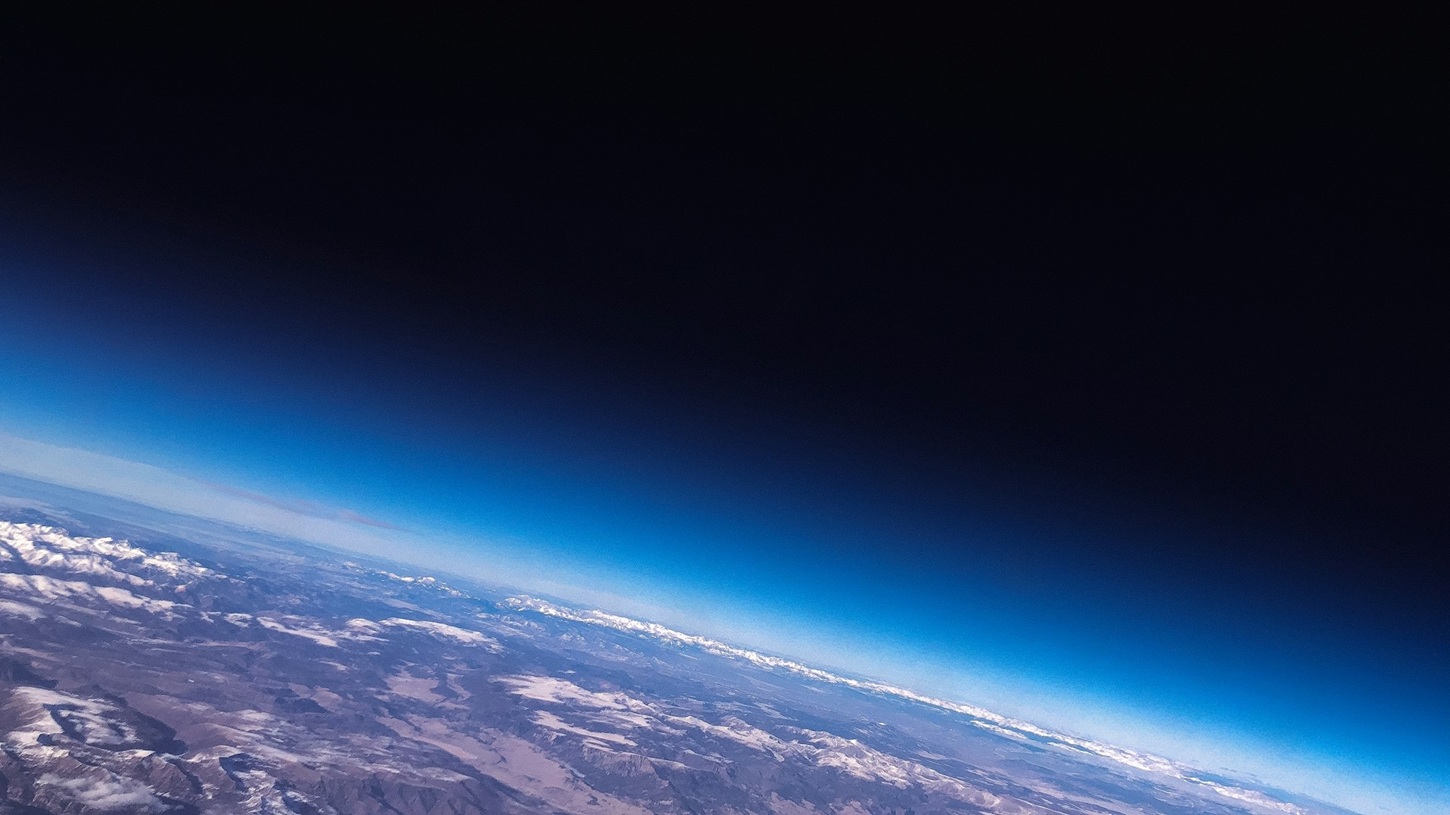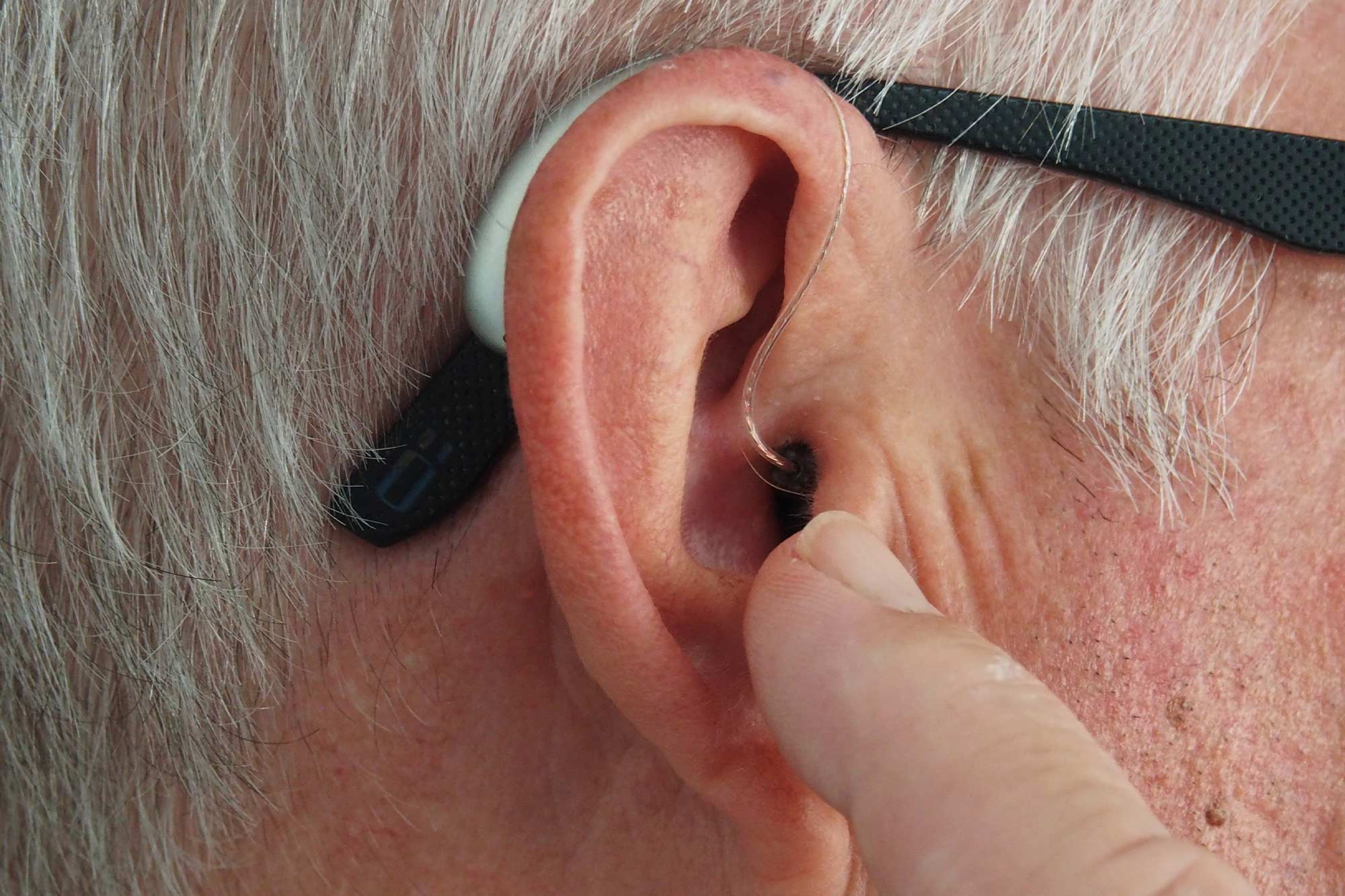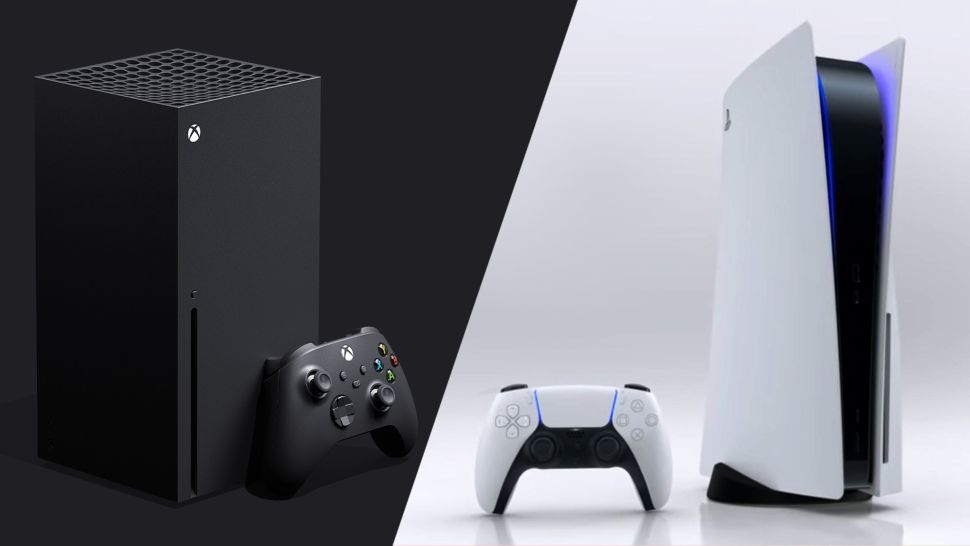In the second half of summer, Danish astronaut Andreas Mogensen will embark on his second mission, called Huginn, to the International Space Station (ISS). During his six-month stint, he Surface Avatar In an experiment, he will simultaneously control several ground robots from the International Space Station’s Columbus module. the Surface Avatar A joint experiment with the German Aerospace Center (DLR), during which three different robots will be controlled from space at the DLR’s German Aerospace Operations Center (GSOC) in Germany: a lander equipped with a robotic arm capable of loading and unloading samples, Rollin Justin Android robot that listens to your name, and Bert A robot dog with a name. In addition, a fourth robot is being prepared at the European Space Agency’s ESTEC Center in the Netherlands, a rover with two robotic arms, which will soon be delivered to the GSOC area.
Andreas Mogensen will perform a series of complex tasks with robots from the International Space Station, the details of which even Andreas does not know. Part of the experience is how well you can control the robots with a little preparation; It’s an extra challenge for both the engineers and Andreas, and makes the whole experience more realistic.
Andreas will manage the entire group, giving each robot a specific task, which he will oversee from an orbiting space station 400 kilometers above the Earth’s surface. the Surface Avatar Its control panel includes a 7-degree-of-freedom joystick with a force feedback system that allows you to “feel” the resistance and weight of various objects when using the grippers attached to the rover’s robotic arms.
When controlling the robots from the International Space Station, there is a small delay in how the signal sent from the space station in geostationary orbit reaches Earth and then back to the space station. This results in a total delay of about 800 milliseconds, which equates to about four flashes of time. The robots also have cameras that send video to the Columbus unit, so Andreas can see their movements and instruct the robots what to do.

the Surface Avatar The experience has evolved from several different small projects, integrating research into remote operation and supervised autonomy into one large undertaking. Haptics-1 was ESA’s first similar experiment, using a joystick with 1 degree of freedom to investigate how tools for this purpose could be developed for the space station in the future. European Space Agency Centaur reaction His rover was equipped with two robotic arms and four-wheel drive, which Andreas had already worked with in 2015: then, in the experiment, he stuck a round nail into a hole with the rover.
DLR Rollin Justin His humanoid robot can perform tasks that require a high degree of independence, with two hands and rolling on wheels. Among other things, it was tested by ESA astronaut Paolo Nespoli in 2017 and ESA astronaut Alexander Gerst in 2018. BertDLR robot dog, is used to study the movement of animals and can move well on different terrains, so it can be used as an explorer.
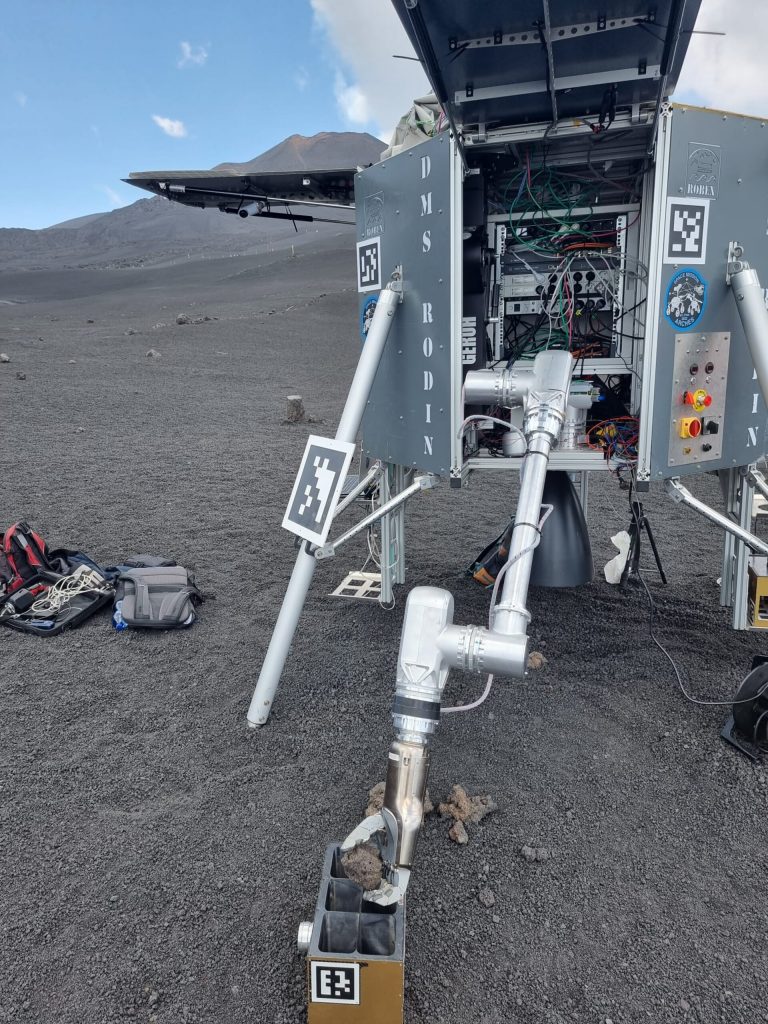
the Surface Avatar During the experiment, the remote control of the robots was further developed by combining the experience gained in each previous test. Through this project, ESA is also laying the foundations for joint cooperation between humans and robots. With similar experiments on the International Space Station, they are already training the next generation of explorers who will control robots sent to the Moon or Mars from aboard stations orbiting celestial bodies.
source: and the
comment












